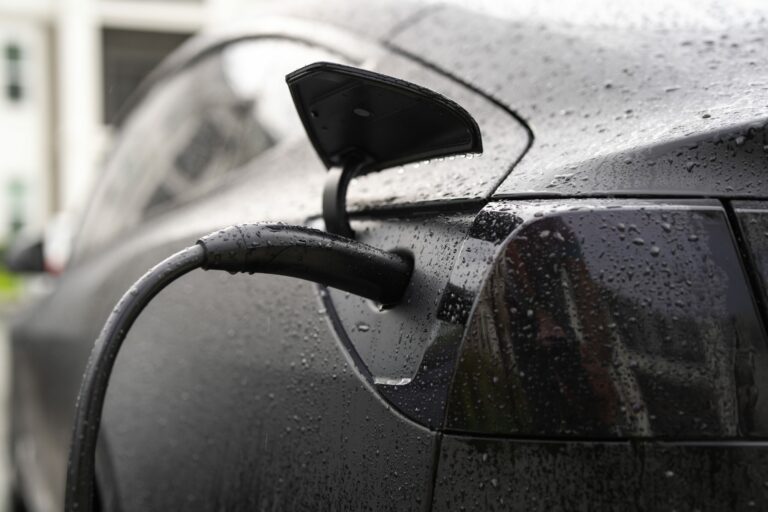The « 5C battery » is a type of battery that can be charged or discharged very quickly. This number indicates the maximum speed at which it can operate without being damaged. Understanding this term helps you to use it correctly and choose the right battery for your needs.

What is the « 5C »?
The « C » of a battery is a simple way of measuring its rate of charge or discharge in relation to its total capacity. If a battery is rated 1C, this means that it can be completely discharged in one hour with a current equivalent to its rated capacity. A battery rated 5C can be discharged or refilled in just 12 minutes, because it accepts five times as much current.
This provides a lot of energy very quickly, but increases the heat generated and wear and tear on the battery if it is used too often at this speed. Not all batteries are designed to withstand a 5C rate, so it’s essential to be familiar with its characteristics before using it. The C-rate, and in particular the 5C, not only reflects the speed, it also influences the available power, safety and lifespan of the battery, which is crucial for intensive or critical applications.
What’s it for?
A 5C battery is useful in situations where a lot of power is needed quickly. Powerful electric tools, such as professional drills or saws, often need a lot of energy in a short space of time, which justifies the use of 5C-capable batteries. Electric vehicles and some emergency systems also use these batteries to provide immediate power when needed. This prevents loss of performance or interruptions in the operation of the appliance or vehicle.
However, it is important to bear in mind that frequent use of a battery at full speed can reduce its life and increase the risk of overheating, especially if thermal management is inadequate. 5C batteries therefore offer a balance between performance and instantaneous power, but only if they are used correctly and within the limits laid down by the manufacturer.

Precautions to be taken
Even if a battery is designed for a 5C rate, it should not be used at this rate all the time. Excessive use at full speed can generate a lot of heat and accelerate the degradation of internal materials, reducing its life. It is advisable to follow the manufacturer’s instructions, check for the presence of a battery management system, known as a BMS, which limits excessive charging and discharging, and ensure that the temperature remains within safe limits.
The BMS helps to protect the battery and optimise its life by monitoring current and temperature, which is essential when using a battery with a high C-rate. Users should also understand that even a 5C battery has limits and that daily use should not always push its maximum capacity to the limit.
Advantages and disadvantages
The main advantage of a 5C battery is its ability to supply or receive a lot of energy in a very short time, which is crucial for professional, sports or emergency applications. It also provides greater responsiveness and can prevent downtime or loss of performance. On the other hand, the disadvantages are related to the heat generated, faster wear and tear if used incorrectly, and the need for effective protection systems. So you always need to balance power requirements with the desired life of the battery. For domestic or undemanding use, a lower rate may be preferable to preserve the battery.
To sum up, a 5C battery is one that can charge or discharge very quickly, making it ideal for intensive use or applications where immediate power is essential. It offers a major performance advantage, but requires certain precautions to be taken to avoid overheating and premature wear. Understanding the C-rate, and 5C in particular, means you can choose the right battery, anticipate its limits and use the power available in complete safety. A 5C battery is fast and powerful, but it must be used intelligently to ensure it lasts a long time and remains safe.















